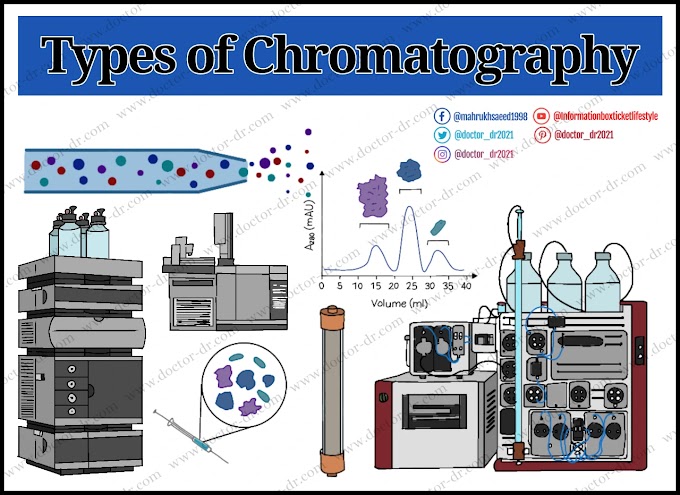Table of Contents
- Introduction
- Morphology and Basic Characteristics
- Gram Staining Properties
- Growth and Culture Conditions
- Biochemical Tests for Identification
- Virulence Factors of N. meningitidis
- Pathogenesis and Mechanism of Disease
- Risk Factors and Susceptible Populations
- Clinical Manifestations
- Diagnosis
- Treatment and Prophylaxis
- Vaccination
- Conclusion
Introduction
Neisseria meningitidis, commonly known as meningococcus, is a Gram-negative bacterium that can cause severe and potentially fatal infections, including bacterial meningitis and septicemia (meningococcemia). It is known for its ability to rapidly invade the bloodstream and central nervous system, making early diagnosis and treatment essential for survival. Although it may asymptomatically colonize the nasopharynx in healthy individuals, under certain conditions, it becomes invasive and life-threatening.
Morphology and Basic Characteristics
Neisseria meningitidis is a Gram-negative diplococcus, meaning it appears in pairs of round cells. These diplococci are arranged side-by-side, resembling coffee beans under the microscope. The organism is:
- Non-motile
- Non-spore-forming
- Obligate aerobe (requires oxygen for survival)
- Catalase-positive
- Oxidase-positive
These characteristics aid in laboratory identification and understanding of its pathogenic capabilities.
Gram Staining Properties
Being Gram-negative, N. meningitidis possesses a thin peptidoglycan layer surrounded by an outer membrane. This structure does not retain the crystal violet dye used in Gram staining. Instead, it picks up the counterstain, safranin, and appears pink under a microscope. This feature helps differentiate it from Gram-positive organisms.
Growth and Culture Conditions
N. meningitidis grows best on chocolate agar, particularly the Thayer-Martin agar, a selective medium enriched with:
- Sheep’s blood
- Vancomycin (inhibits Gram-positive bacteria)
- Nystatin (inhibits fungi)
- Colistin or trimethoprim (inhibits Gram-negative contaminants)
This medium favors the growth of Neisseria species and suppresses unwanted microbial flora.
Biochemical Tests for Identification
To distinguish N. meningitidis from other Neisseria species like N. gonorrhoeae, the maltose fermentation test is used. In this test:
- A sterile culture is added to a maltose-phenol red solution.
- Incubated at 36°C for 24 hours.
- N. meningitidis ferments maltose, producing acid that turns the solution yellow.
- N. gonorrhoeae does not, and the solution remains red.
This simple yet powerful test helps microbiologists confirm the identity of the organism.
Virulence Factors of N. meningitidis
N. meningitidis is equipped with numerous virulence factors, which allow it to invade host tissue, evade the immune system, and cause systemic infection.
Capsule
A polysaccharide capsule surrounds the bacterium, shielding it from phagocytosis and complement-mediated lysis. It is essential for survival in the bloodstream.
Pili
Hair-like structures that facilitate attachment to host epithelial cells, allowing colonization of the nasopharynx.
Opa and Opc Proteins
Surface proteins that enhance adherence to host cells, promoting invasion through tight junctions.
IgA Protease
Destroys Immunoglobulin A (IgA), a protective antibody found in mucosal surfaces, thus disabling the first line of immune defense.
Catalase
Breaks down hydrogen peroxide (H₂O₂), a reactive oxygen species produced by neutrophils. This allows N. meningitidis to survive inside phagosomes.
Factor H Binding Protein
Binds to human factor H, inhibiting the alternative complement pathway, and allowing the bacterium to escape complement-mediated destruction.
Lipooligosaccharide (LOS)
A potent endotoxin that triggers a massive immune response, potentially leading to septic shock and capillary damage.
Pathogenesis and Mechanism of Disease
Colonization
N. meningitidis initially colonizes the nasal and pharyngeal mucosa. It may remain harmless here, controlled by the immune system.
Invasion and Meningococcemia
In immunocompromised individuals, the bacteria may penetrate mucosal barriers, enter the bloodstream, and multiply rapidly. This leads to meningococcemia, a severe form of sepsis.
Immune Evasion
Within neutrophils, N. meningitidis survives oxidative killing by producing catalase, which neutralizes reactive oxygen species. The bacteria then replicate inside neutrophils until the cell bursts, releasing them into the blood.
Disseminated Intravascular Coagulation (DIC)
The infection may damage endothelial cells, triggering DIC—widespread clotting followed by platelet depletion and severe bleeding.
Waterhouse-Friderichsen Syndrome
DIC can cause bleeding into the adrenal glands, resulting in necrosis of hormone-producing cells. This leads to a life-threatening condition marked by aldosterone and cortisol deficiency, worsening shock and immune collapse.
Risk Factors and Susceptible Populations
While N. meningitidis can colonize healthy individuals, certain populations are more vulnerable:
- Infants and the elderly
- Individuals with HIV, diabetes, cancer, or alcohol use disorder
- Those with functional asplenia (e.g., sickle cell disease) or splenectomy
- People living in crowded settings (military barracks, hostels, refugee camps)
Clinical Manifestations
Meningitis
- Fever
- Headache
- Neck stiffness
- Sensitivity to light
- Confusion
Meningococcemia
- Fever and chills
- Petechial rash (purple/red spots, mostly on trunk and legs)
- Hypotension
- Tachycardia
- Shock symptoms
Diagnosis
Blood Culture
To detect bacteremia.
Lumbar Puncture
For CSF analysis to confirm meningitis. CSF shows:
- Elevated white cell count (mostly neutrophils)
- Low glucose
- High protein
- Positive Gram stain for Gram-negative diplococci
Treatment and Prophylaxis
Treatment must begin immediately, even before culture results are available.
Primary Treatment
- Ceftriaxone IV is the first-line antibiotic.
- Once susceptibility is confirmed, Penicillin G may be used.
Prophylaxis
Close contacts should receive:
- Rifampin
- Ceftriaxone
- Ciprofloxacin (alternative)
These reduce the risk of transmission.
Vaccination
Vaccination is the most effective preventive measure.
Meningococcal Conjugate Vaccine
- Administered to children and adolescents
- Protects against multiple serogroups
Meningococcal Recombinant Vaccine
- Recommended for adults with risk factors
- Suitable for those traveling to endemic areas
Conclusion
Neisseria meningitidis is a powerful human pathogen capable of causing devastating infections like meningitis and sepsis. Despite its lethality, early diagnosis, appropriate antibiotic therapy, and vaccination can significantly reduce morbidity and mortality. Public health efforts and individual immunization play a crucial role in preventing outbreaks and protecting vulnerable populations.
References
- CDC (Centers for Disease Control and Prevention)
https://www.cdc.gov/meningococcal/index.html
- World Health Organization (WHO)
https://www.who.int/news-room/fact-sheets/detail/meningococcal-meningitis
- Murray, P. R., Rosenthal, K. S., & Pfaller, M. A. (2020)
(Chapter on Neisseria and Moraxella)
- Tortora, G. J., Funke, B. R., & Case, C. L. (2019)
(Bacterial Diseases of the Nervous System)
- Ryan, K. J., & Ray, C. G. (Editors). (2022)
- Public Health England (PHE)
https://www.gov.uk/government/publications/meningococcal-disease-guidance-on-public-health-management



~1.webp)



.webp)
